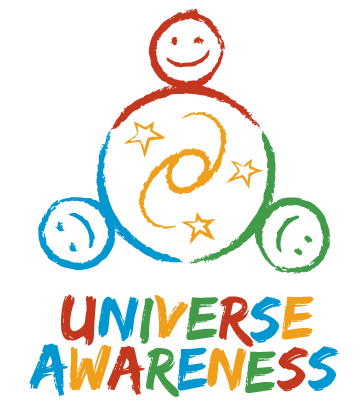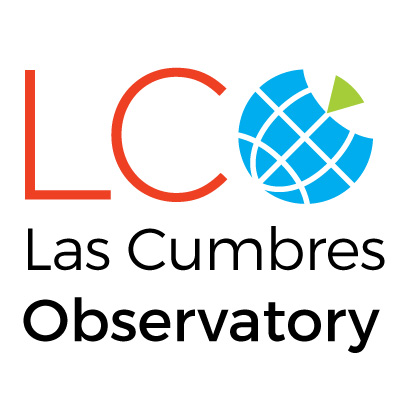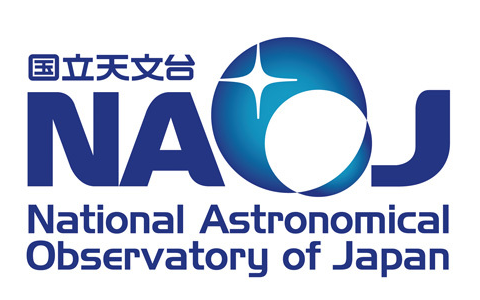Carbon isn’t just found on asteroids; it’s found on Earth too. Carbon can be found in pencils, diamonds and petrol. Not to mention, carbon is the main ingredient for all life on Earth!

Our Solar System is a pretty busy place, with eight planets and nearly 200 moons all whizzing around the Sun. Today, each planet strolls calmly along its own path, but this might not always have been the case.
Travel four billion years back in time and scientists think you’d see the gas giants (Jupiter, Saturn, Uranus and Neptune) rampaging through our Solar System.
Back then, millions of small pieces of rock were lying around, left over from when the planets were born (we now call these asteroids). As the giant planets careened through our Solar System, they bounced against each other's gravity and kicked the small asteroids in their path far from the Sun.
If this idea is correct, some of the asteroids floating around at the edge of the Solar System today should be made of the same material as those found closer to the Sun. Meaning they should contain a lot of a chemical called carbon.
However, scientists haven't been able to find any of these carbon-rich asteroids in the outer Solar System — until now.
In 2014, a funny-looking asteroid was spotted roaming beyond the orbit of Neptune, a whopping four billion kilometres from Earth.
By looking at the light patterns reflected off its surface, scientists were able to work out that it contains a huge amount of carbon. Finally, we have evidence to support the theory about our Solar System’s chaotic past!




















